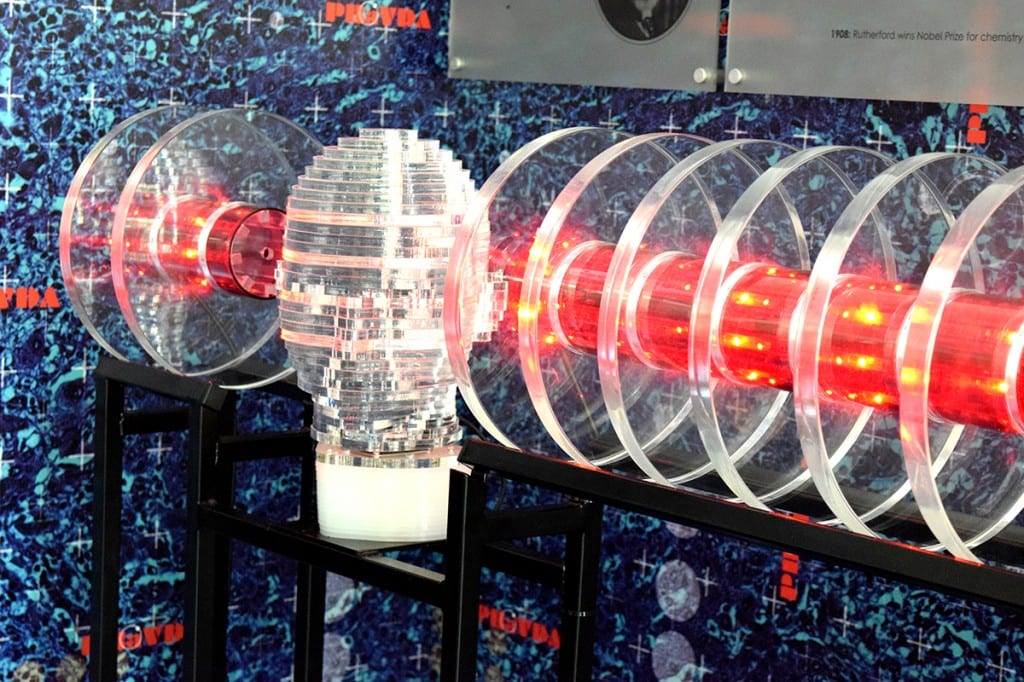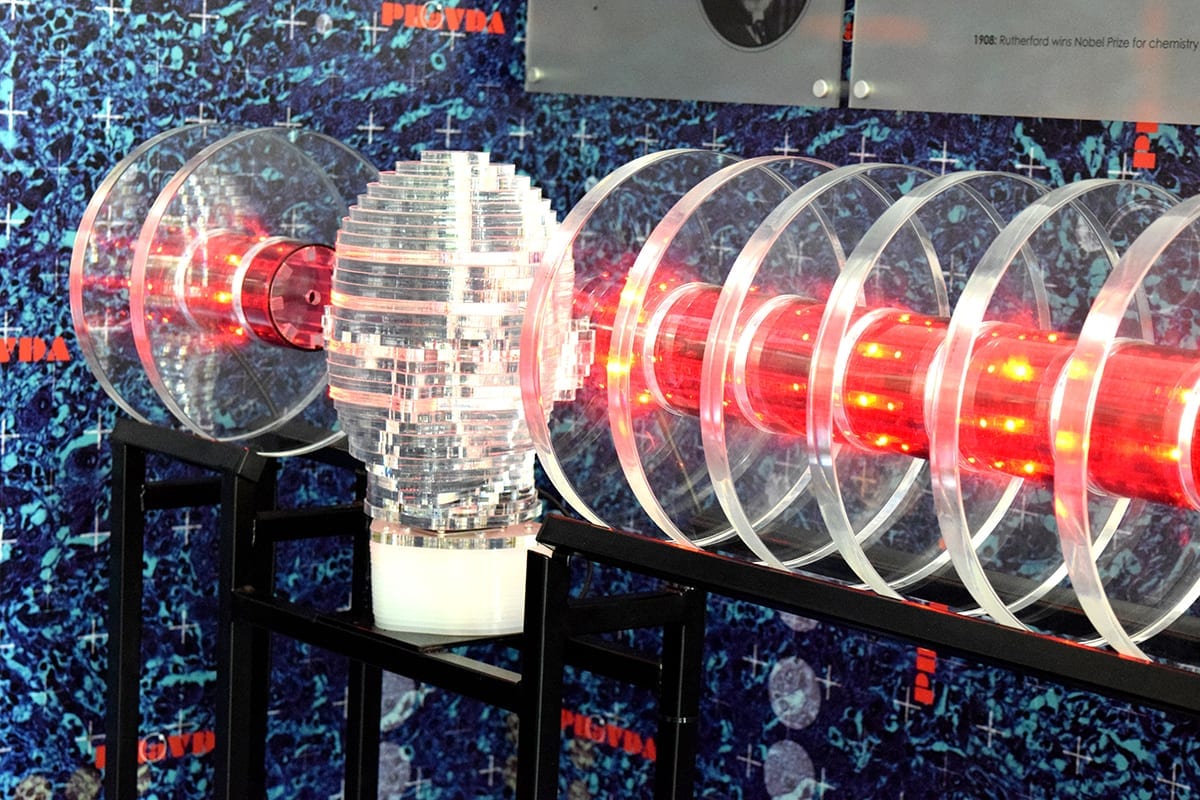A leading scientist making major strides in medical imaging, which could make proton therapy a viable treatment for many more cancer sufferers, will present his latest findings – including a new type of proton imaging – at a prestigious conference next month.

Professor Nigel Allinson MBE, Distinguished Professor of Image Engineering at the University of Lincoln, UK, will appear among other world-leading experts at the Proton Therapy Congress in London this September.
Proton therapy is a form of radiation treatment that uses protons rather than x-rays to treat cancer. It has several benefits, including less radiation damage to the normal healthy tissues around the tumour and potential to deliver a higher radiation dose to the tumour (increasing the chances of destroying tumour cells). Proton therapy is particularly important in treating children.
The Congress will bring together researchers, clinicians, manufacturers and many more in the proton therapy sector to examine the future of proton therapy. It will take place in London on 20th-21st September 2016.
 Professor Allinson, based in the School of Computer Science at the University of Lincoln, leads the groundbreaking PRaVDA (Proton Radiotherapy Verification and Dosimetry Applications) project. He and his multinational team are developing one of the most complex medical instruments ever imagined to improve the delivery of proton therapy.
Professor Allinson, based in the School of Computer Science at the University of Lincoln, leads the groundbreaking PRaVDA (Proton Radiotherapy Verification and Dosimetry Applications) project. He and his multinational team are developing one of the most complex medical instruments ever imagined to improve the delivery of proton therapy.
The PRaVDA instrument is being designed to produce detailed 3D images of a patient’s anatomy using protons rather than x-rays, which has never been done before. To produce these Proton CT images, the world-first technology will use the same high energy particles that are used to destroy a tumour during proton therapy treatment.
Using protons to form an image of the patient will greatly improve the accuracy of the treatment. Using current methods, there could be a discrepancy of up to 1cm in terms of where the protons release most of their energy after passing through 20cm of healthy tissue. By using Proton CT, this margin for error can be reduced to just a one or two millimetres.
The PRaVDA researchers believe that Proton CT will soon be used as part of the planning process for cancer patients, as well as during and after treatment.
Click here to read the full article
More information on the PRaVDA presentation and the wider Proton Therapy Congress is available online.
